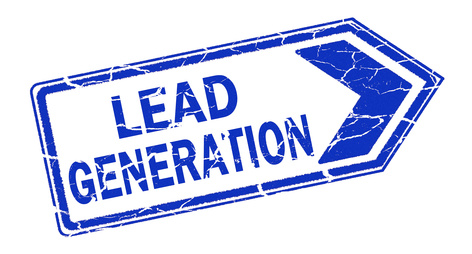 Most marketers know there is a difference between brand awareness and demand generation but as I pointed out in my post last week, they may not always integrate the two into a more effective campaign. However, what seems to be less clear is the difference between lead generation and demand generation. In fact, many use the term interchangeably or worse they see the two as very separate campaigns.
Most marketers know there is a difference between brand awareness and demand generation but as I pointed out in my post last week, they may not always integrate the two into a more effective campaign. However, what seems to be less clear is the difference between lead generation and demand generation. In fact, many use the term interchangeably or worse they see the two as very separate campaigns.
I wrote earlier about how generating demand is your second sales-centric marketing strategy. That’s because it covers the entire sales funnel from prospects first finding you all the way to them becoming customers that are so excited about your solutions they will buy more and tell others. The goal of demand generation is to find, build and nurture customers for the long term.
Lead generation on the other hand is focused on collecting information about prospects and building a database for follow-up. In some cases, these leads are then turned over to sales while in others they are nurtured until they are sales ready. The later is obviously better but in both cases, it’s only part of the story.
Because lead generation does not look at the entire sales funnel, it quite often gets a bad wrap in many organizations as not working or all the leads being crap. That’s because it’s only one tactic that helps to reach the ultimate objective but not the entire story. It’s part of the demand generation strategy and culture that every organization needs to adapt.
In some cases, I read that demand generation and lead generation should be done separately and not combined. With this point, I totally disagree since it is looking at things as either/or rather than how they can be combined into a more effective sales-centric marketing plan. For me, that’s like saying it’s create content or generate leads but not both.
Someone tried to draw the analogy that lead generation and demand generation are like peanut butter and jelly. Both are OK on their own but together they are magic. I guess you need to really like peanut butter and jelly for this to be true but the point does put things in perspective.
The main reason I think that some don’t want to combine demand generation with lead generation is the perception that lead generation automatically leads to a form being placed somewhere in the process to capture prospect info. While that may be true in the strictest sense, it does more to prove my point that both should be combined.
For example, through a brand awareness campaign you may drive prospects to a landing page but instead of making the prospect fill in a form to download the content let them grab whatever content is relevant to them, while at the same time see if they want to sign-up for an upcoming webinar, be added to an email list or contact you for more info.
The simple addition of “contact us” is missing from so many lead generation campaigns intent on only capturing info. What if the person has a problem now and they are actively looking for a solution? Why not let them self-identify as a hot lead but remember these need to be followed-up with immediately so the sales funnel process must act fast on these prospects.
As you can hopefully see, through this post and last week’s, it’s rarely a question of either/or when it comes to brand generation versus demand generation versus lead generation. It’s a matter of combing the tactics and letting each one do what they do best.
If you need people to find you then launch a brand awareness campaign but make sure it ties into something else so you are not leaving them without a way to get more info. Similarly, don’t only capture lead info for a database but nurture those leads until they are sales-ready.
Better yet, look at how all these tactics can be combine into a more comprehensive demand generation campaign that helps prospects find you and positions you as a thought leader while still getting info from the best prospects so you can follow-up until they are customers for life. That’s what generating demand is all about.


Leave a Reply